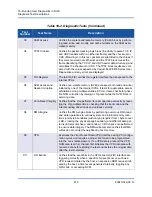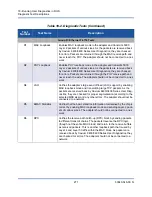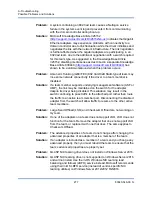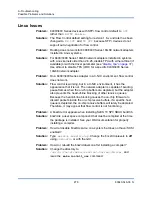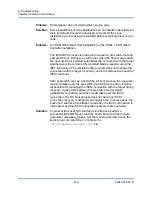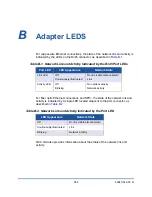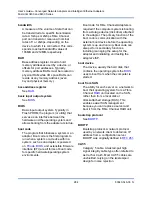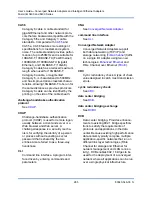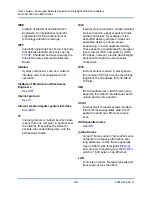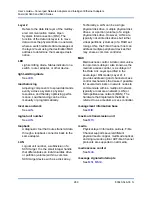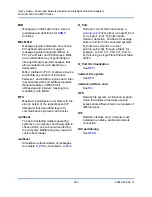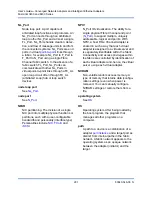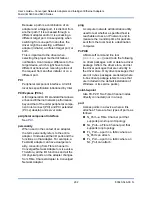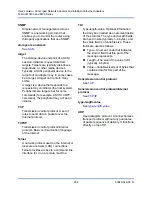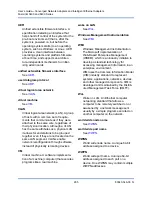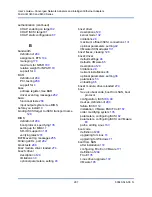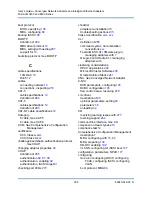
284
83840-546-00 N
User’s Guide—Converged Network Adapters and Intelligent Ethernet Adapters
FastLinQ 3400 and 8400 Series
bandwidth
A measure of the volume of data that can
be transmitted at a specific transmission
rate. A 1Gbps or 2Gbps Fibre Channel
port can transmit or receive at nominal
rates of 1 or 2Gbps, depending on the
device to which it is connected. This corre-
sponds to actual bandwidth values of
106MB and 212MB, respectively.
BAR
Base address register. Used to hold
memory addresses used by a device, or
offsets for port addresses. Typically,
memory address BARs must be located in
physical RAM while I/O space BARs can
reside at any memory address (even
beyond physical memory).
base address register
See
basic input output system
See
.
BIOS
Basic input output system. Typically in
Flash PROM, the program (or utility) that
serves as an interface between the
hardware and the operating system and
allows booting from the adapter at startup.
boot code
The program that initializes a system or an
adapter. Boot code is the first program to
run when a system or a device within a
system, such as an adapter, is powered
on.
FCode
, and extensible firmware
interface (EFI) are all forms of boot code
for specific hardware/operating system
environments.
Boot code for Fibre Channel Adapters is
required if the computer system is booting
from a storage device (disk drive) attached
to the adapter. The primary function of the
boot code is communication with the
external boot device before the operating
system is up and running. Boot code can
also perform secondary functions,
including managing the setup for the
adapter and initializing and testing the
adapter’s ISP.
boot device
The device, usually the hard disk, that
contains the operating system the
uses to boot from when the computer is
started.
boot from SAN
The ability for each server on a network to
boot their operating system from a Fibre
Channel
unit located on the SAN,
rather than from a local disk or
direct-attached storage (DAS). This
enables easier SAN management
because you can replace a server and
boot it from the Fibre Channel RAID unit.
bootstrap protocol
.
BOOTP
Bootstrap protocol. A network protocol
used by a network client to obtain an IP
address from a configuration server.
BOOTP was originally defined in
RFC 951
.
CAT-5
Category 5 cable. A twisted-pair high
signal integrity cable type often referred to
as Cat5 or Cat-5. Most CAT-5 cables are
unshielded, relying on the twisted-pair
design for noise rejection.

